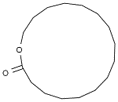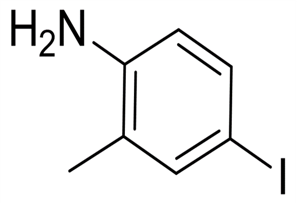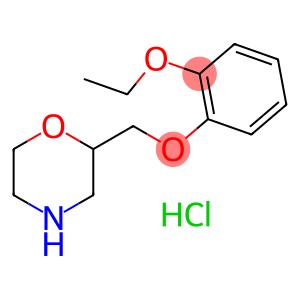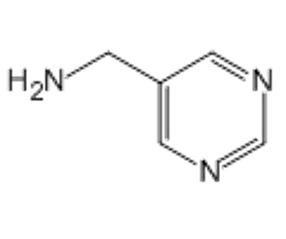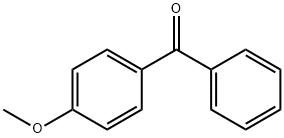3-Methylthiophene(CAS#616-44-4)
| Risk Codes | R11 – Highly Flammable R20/22 – Harmful by inhalation and if swallowed. R36/37/38 – Irritating to eyes, respiratory system and skin. R37 – Irritating to the respiratory system |
| Safety Description | S7 – Keep container tightly closed. S16 – Keep away from sources of ignition. S29 – Do not empty into drains. S33 – Take precautionary measures against static discharges. S36 – Wear suitable protective clothing. S37/39 – Wear suitable gloves and eye/face protection S26 – In case of contact with eyes, rinse immediately with plenty of water and seek medical advice. S7/9 - |
| UN IDs | UN 1993 3/PG 2 |
| WGK Germany | 3 |
| RTECS | XM9800000 |
| FLUKA BRAND F CODES | 8-10-13-23 |
| TSCA | Yes |
| HS Code | 29349990 |
| Hazard Note | Flammable/Harmful |
| Hazard Class | 3 |
| Packing Group | II |
Introduction
3-Methylthiophene is an organic compound. The following is a brief introduction to its properties, uses, preparation methods and safety information:Quality:- 3-Methylthiophene is an organosulfur compound with low toxicity.- It is a colorless liquid or crystalline solid with a strong sulfurated rancid odor.Use:- 3-Methylthiophene is mainly used as a starting material in organic synthesis.- It can be used as an active reagent in organic synthesis and participate in many chemical reactions, such as substitution reactions, vulcanization reactions, etc.- 3-Methylthiophene can also be used as a synthetic intermediate for dyes, dye precursors, and functional materials.Method:- 3-Methylthiophene can usually be obtained by sulfidation of thiophene with methyl halide alkanes.- The specific preparation method includes placing thiophene and methyl halide alkanes under alkaline conditions for reaction to obtain 3-methylthiophene.Safety Information:- 3-Methylthiophene is irritating to the skin and eyes, so care should be taken to avoid contact when using it.- When used in industrial and laboratory settings, necessary personal protective measures such as wearing gloves, goggles, etc., are required.- Care should be taken to prevent contact with oxygen, heat sources and combustibles during storage and handling to avoid the risk of fire and explosion.- Inhalation, ingestion or inhalation of their vapours or dusts may be harmful to health and a well-ventilated working environment should be maintained.Specific safety data sheets and operating guidelines should be consulted when using or handling this compound, and appropriate safety operating procedures should be followed.



